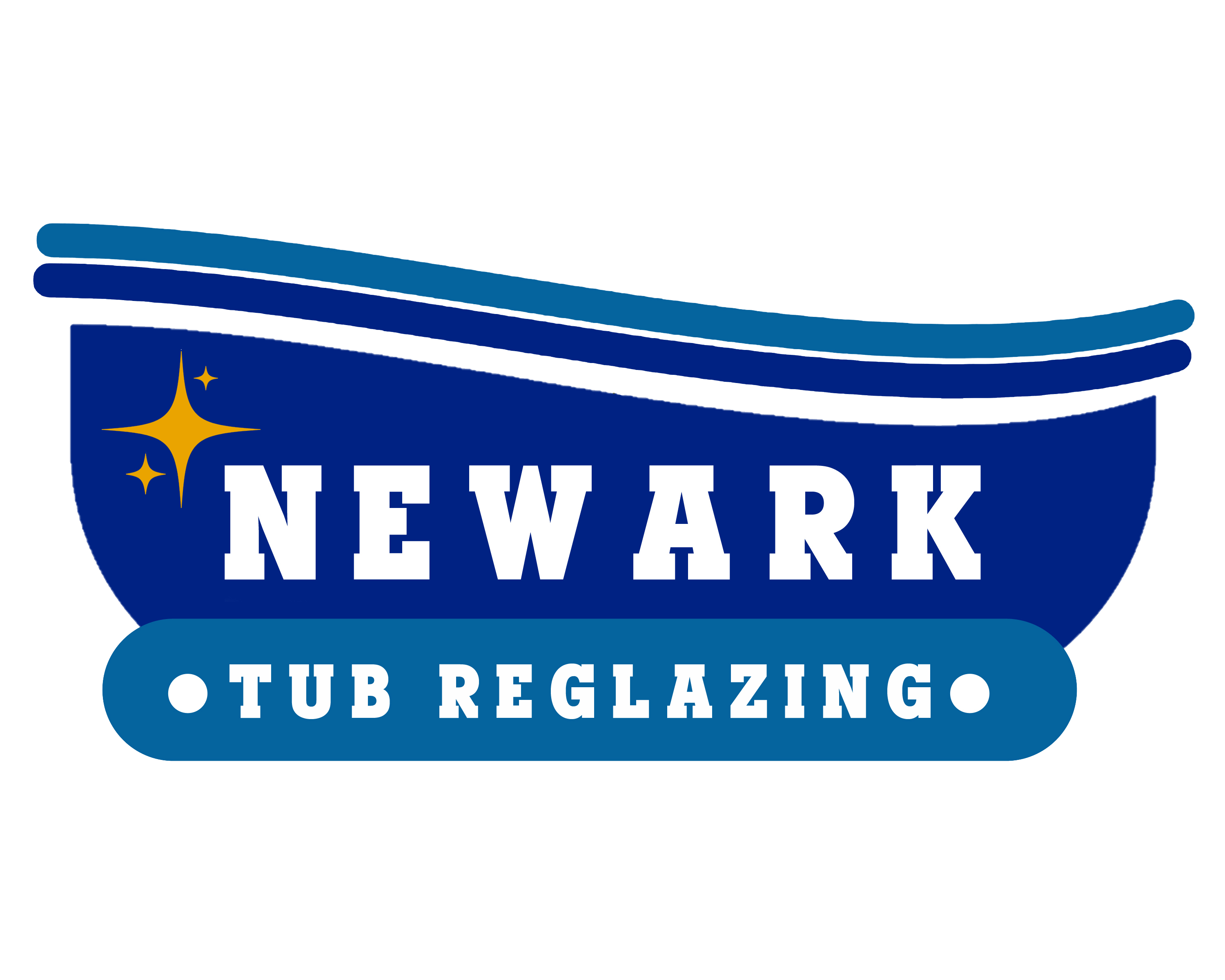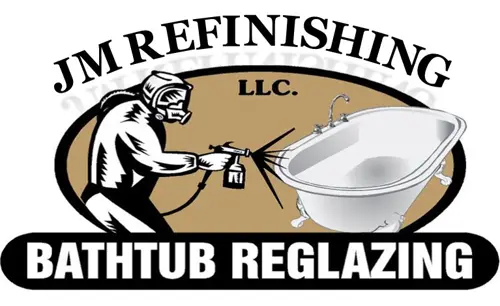Newark’s Historic, Vibrant, and Cultural Town Square
The Historic Military Park is the primary downtown meeting place for the residents of Newark and Visitors who visit the city to take pleasure together. After many years of being a new location, Newark’s restored town square now draws children, adults, residents, office employees, and students. The Military Park is one of the main attractions in the town square. The park is privately owned and administered by an organization known as the Military Park Partnership, which is a nonprofit company. The Military Park Partnership is responsible for managing the park’s horticulture and its activities, events, operations, and security.
MILITARY PARK HISTORY
When Newark was first established in 1666, the area now known as Military Park served as the Middle Commons. Broad Street, Park Place, and Rector Street are the three streets that surround the triangular park that spans six acres.
The park was initially designed by Robert Treat to serve as a training area, and its location can be seen on maps as early as 1667. During the American Revolution, it was used as a camping place for George Washington’s forces, and Before that, it served as a training tool. Field during the French and Indian War. Some people believe that Thomas Paine penned the opening words of his essay “These are the Times that Try Men’s Souls” when he was camping in the park. After the end of the American Revolutionary War, the Commons was repurposed as a public park since its use as a military training field was no longer required, even though it temporarily served as an army function again during the War of 1812. The park was utilized in World War I as a military recruitment center and a place for the Liberty Loans and Red Cross fundraising efforts. During the Civil War, soldiers were enlisted. In the park.
Trinity and St. Philip’s Cathedral, an Episcopal church that dates back to the middle of the 18th century and is now located inside the park, was initially built there. The church’s first structure was utilized as a hospital during the American Revolutionary War, which resulted in it suffering damage; the present tower did not come into being until 1810.
The park became a significant commercial and financial center for the city and the state in the late 19th and early 20th centuries. The Marquis de Lafayette visited the town in 1823; in 1833, President Andrew Jackson and Vice President Martin VanBuren saw the park. These are only two examples of the numerous significant events in the park. On July 4, 1793, a flagstaff of 70 feet in height was installed in the garden; subsequent flagpoles erected in that position would come to be known as the Liberty Pole. The park hosted ceremonies for Newark’s 250th and the Declaration of Independence’s 50th anniversaries. Additionally, in 1913, the park was the location of the first municipal Christmas tree.
In addition, several monuments and significant public artworks may be seen inside the park’s boundaries. In 1926, the park was the site of the unveiling the Wars of America monument, which Gutzon Borglum sculpted. The work that the sculptor did on Mount Rushmore is what brought him the most fame. The memorial is made up of 42 bronze figures that are placed on a high platform. These statues symbolize soldiers and citizens who served in the American Revolutionary War, the Civil War, the Spanish-American War, and World War I. The artwork depicts a big sword hilt with a reflecting pool in the crossguard and blade. The reflecting pool was drained and left unmaintained; its bed is currently used as the venue for the distinctive flower arrangements associated with the park.
The park is home to several memorials, monuments, and the Wars of America memorial. The statue of Major General Philip Kearny, which had previously been located in the State House, was relocated to the park on September 28, 1880. At the unveiling of the monument in Newark, there were around 15,000 people in addition to Generals Ulysses S. Grant, William T. Sherman, and George B. McClellan. Karl Gerhardt, a sculptor, was the one who gave the statue of Fredrick T. Frelinghuysen its dedication in the year 1895. Morro Castle’s cannon was in the park in 1899. In 2012, The following year, 1906, two howitzers used during the Civil War and taken on Commodore Perry’s flagship during his expedition to Japan were installed in the park. In 1964, a bust of John F. Kennedy designed by Jacques Lipchitz had established in the park thanks to sponsorship from the John F. Kennedy Memorial Fund of Essex County. Additionally, there is a historic temperance fountain in addition to smaller memorials honoring the Red Cross and Archie Callahan, who was the first African-American soldier to be killed in action during World War II.
Over time, the park fell into neglect and decay, but in 2010, the Military Park Partnership was established to rehabilitate, maintain, and manage the park. On May 28, 2013, the Partnership broke ground on the refurbishment, and on June 13, 2014, the park reopened to the public in its newly refurbished form. The park currently provides free daily programming and services, such as movies, yoga, music, children’s activities, board games, and chess. In October 2015, the park was the location of the celebration that marked the beginning of Newark’s 350th anniversary. The park has once again become a critical communal place for those living in Newark, people working in Newark, and tourists to Newark.
MISSION STATEMENT
The mission of the Military Park Partnership is to rehabilitate Military Park so that it can serve as Newark’s premier gathering place for the public. The mission of MPP is to create a vibrant and dynamic outdoor space where residents and workers in Newark can unwind, socialize, meet new people, have fun, and partake in new experiences. By doing so, MPP hopes to revitalize the downtown and the surrounding area, raise the value of nearby properties, foster economic growth, and improve the public’s perception of downtown Newark. Read more.
For More Information, Visit Their Website or Call (973) 900-5800.

